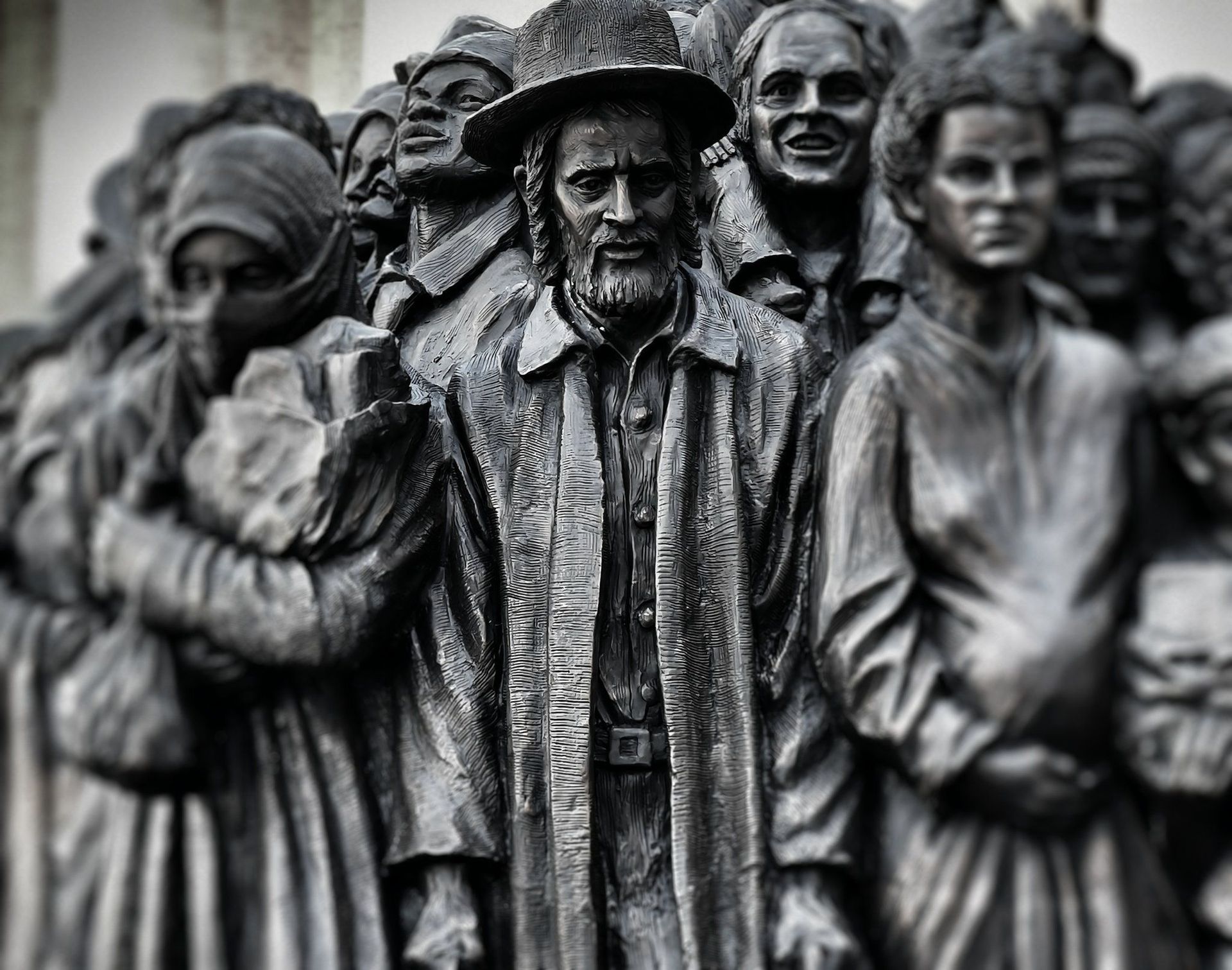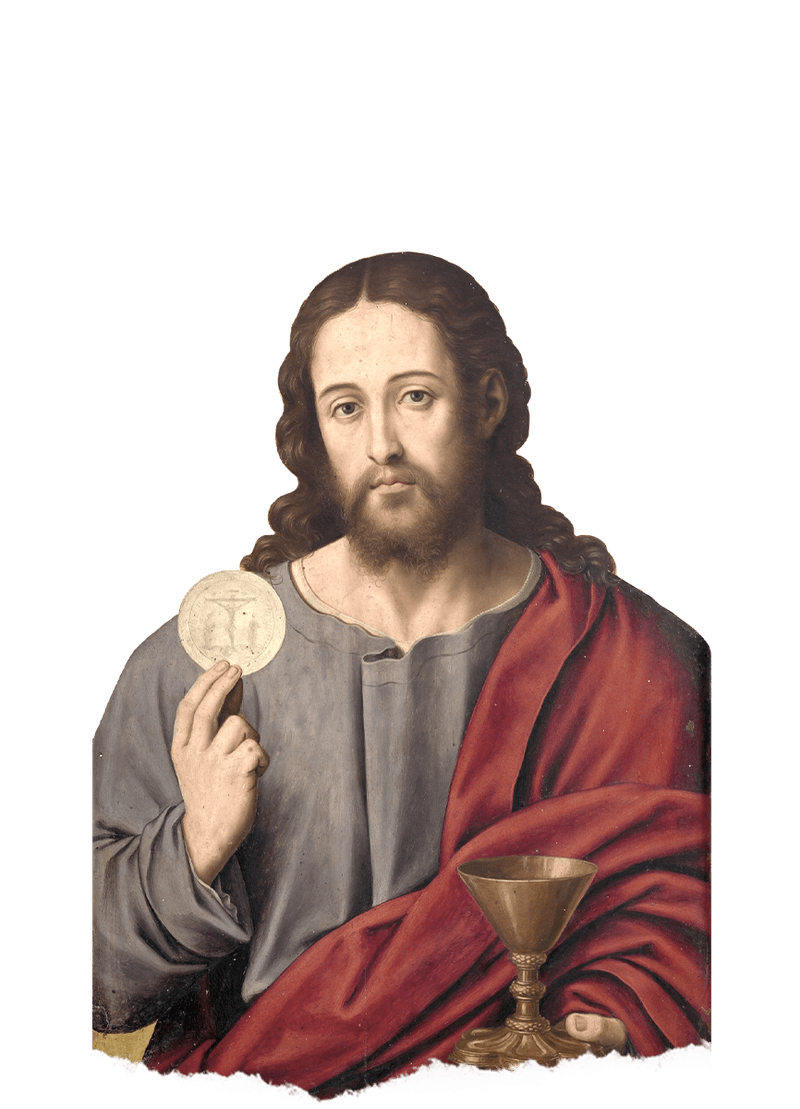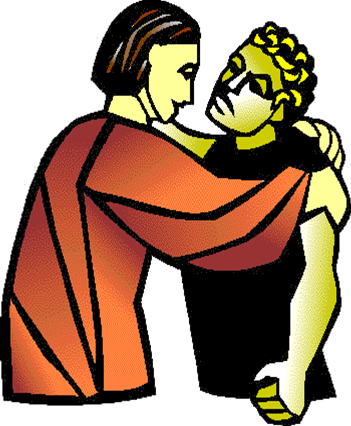John the Baptist’s description and designation of Jesus as the Lamb of God confirms in a profound sense the true identity of Jesus. When he saw him, John exclaimed, "Behold, the Lamb of God who takes away the sin of the world." He is the one of whom I said, “A man is coming after me who ranks ahead of me because he existed before me (John 1: 29-30).” In the end, he added, "...He is the one who will baptize with the Holy Spirit...Now, I have seen and testified that he is the Son of God (Jn 1:33-34)”. As John the Baptist points and leads us into the real Jesus by sharing his experience of not knowing him and seeing 'the spirit come down like a dove from the heaven and remain upon him,' (John 1: 32), he offers a reminder that holidays may be over for many and back to business as usual but for Catholics, the mystery of the incarnation is just beginning to unfold. For John, Jesus is the paschal lamb. He is depicted as the New Passover lamb whose sacrificial death on the cross brought deliverance from sin and reconciliation. The Johannine Gospel, a thinking community, specifically, presents the cosmic drama between God’s love for the world and the devil’s business that is, alienation from God, the destruction of Jesus - the incarnation of God in the flesh. The devil’s affairs has always been the promotion and the proliferation of the sin of the world. It looks like there’s battle between good and evil (so-called, religious dualism) but there’s none.
Lamb is used as sacrificial victim in ritual passages such as Passover liturgy - the great national feast of Israel (Ex 12: 1-14) where the blood of the lamb saved the Hebrews and the flesh Passover communion meal. The annual rite celebrates the Israelites entry into Canaan and their establishment as people of God. It’s a commemoration of God’s saving act. Lamb is also used in temple sacrificial system offered in worship where sins are purged and penitent reconciled with God. Many of us will agree that the flesh of the lamb is a delicacy (Deut. 32:14). In fact, lamb chop is one of the best I had. Lamb is also mentioned in one of the songs of the suffering servant (Isa. 53:7-8) as a figure of innocence where the silent lamb is led to the slaughter. There was a sense of helplessness (Ps. 119).
John is the only one in the entire New Testament who used the image and gave the title “Lamb of God” to Jesus which of course, has its allusions in the Old Testament. The startling image of Jesus as the lamb of God, a distinctive feature, highlights the notion of sacrifice. It provides a description derived from a weak, lowly and vulnerable sacrificial lamb ready for slaughter, rather painting a picture indicative of the society's status quo, that is, power and dominion. John truthfully acknowledged that he didn't know him before. Clearly, Christianity cannot be understood apart from sacrifice. In fact, there is no Christianity without sacrifice.
The Lamb of God bears away our sins. The lamb of God lifts off the sin of the world. Let’s spend a brief moment clarifying the sin of the world. It is the condition, the social milieu and the fundamental state of affair more than the act. The sinful world is the structure of evil which inhabits us and affects us in this border town including the whole human race. The sin of our first parents which we call original sin (an inherited sin) brought us into where we are now which obviously, had a lasting residual effect. This struggle takes us back to the fall of humanity through our first parents Adam and Eve. Since then, there has been a competition between God and humanity. We became fierce rivals. We wanted to be like him. We tried to grasp divinity by becoming stars in our own right to no avail. The root, the origin and the source of all the troubles faced (local and universal) is pride, our inflated egos get in the way and the desire to be like God. The Sunday Worship/Eucharist helps us get out of the prison of ourselves. A story is told about a penitent whose confession could hardly be heard by the Priest-confessor. He, in turn, told the penitent to summarize the confession in one word. The penitent said, pride! Father! Pride Father! That’s true! Pride is the root of all sins. The sin of the world is the refusal to believe in the infinite, eternal love offering gift of God through Jesus Christ. The sin of the world is the environment that promotes greed, lust, pride, sloth, disobedience, apathy, etc. Indifference puts any group/society in a stalemate. The sin of the world is the disordered human desire to be like God by seizing divinity than accepting it as a precious gift. The endless struggle, the armed conflict, the social chaos and disarray won’t stop unless we turn and behold the lamb of God who takes away the sin of world.
POINTS TO PONDER:
- What is the sin of the world that I participate?
- What can I do to stop the sin of the world?
- Where do I see the Lamb of God in everyday life?
PARISH BLOG



